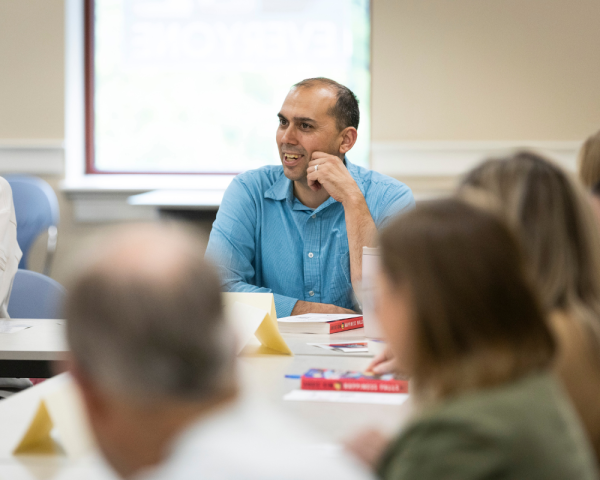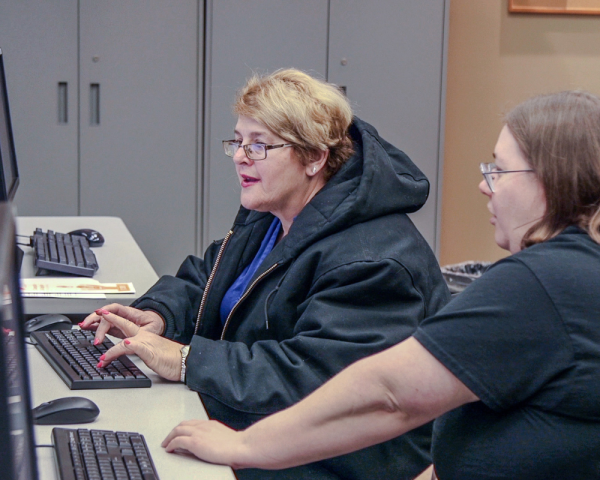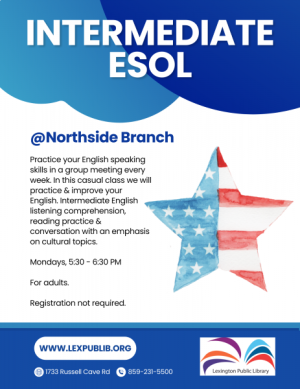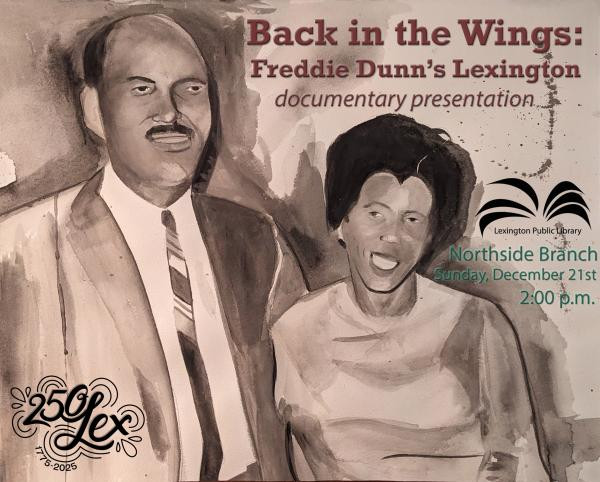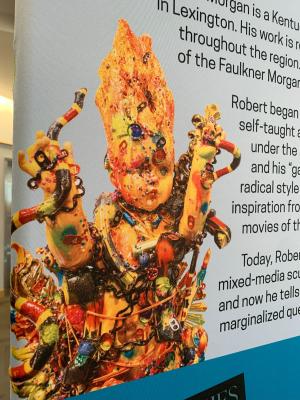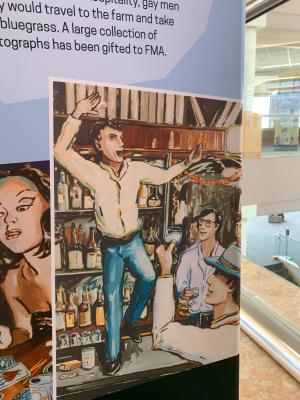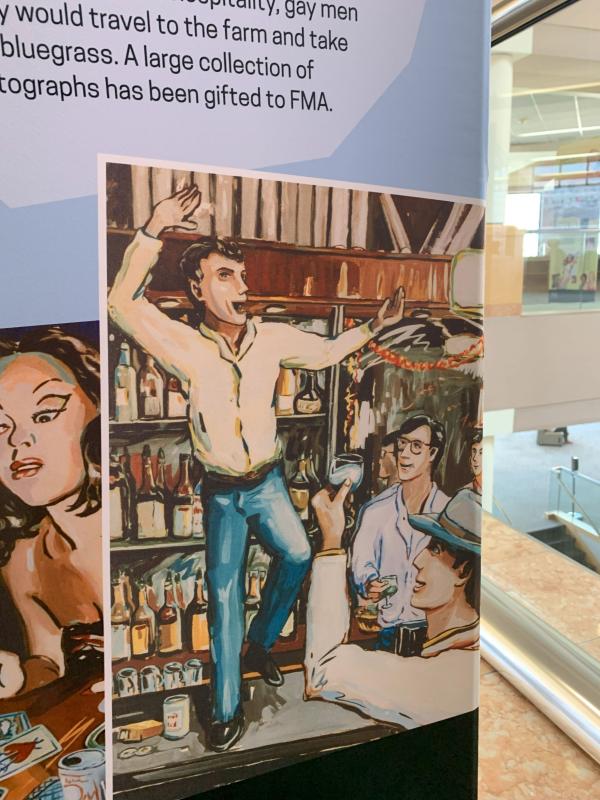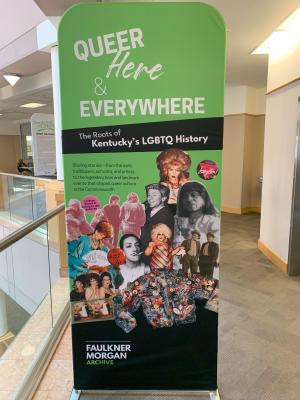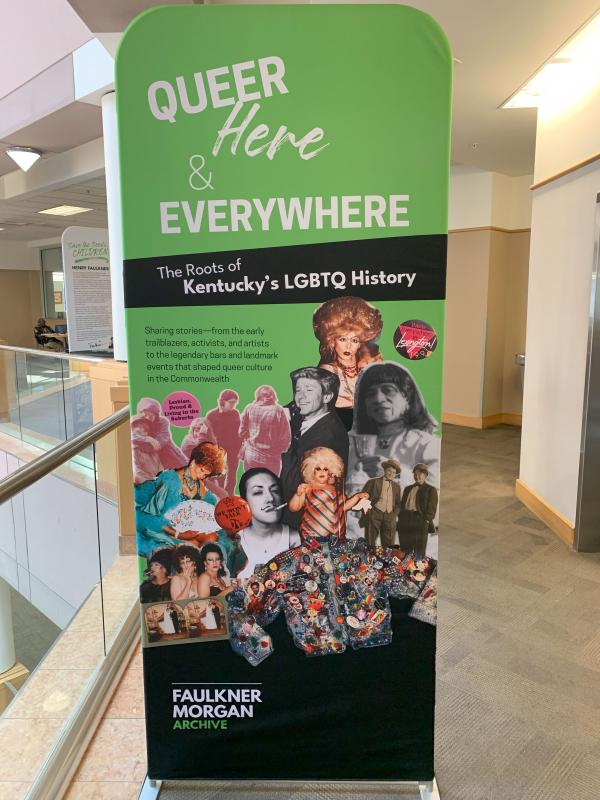

Website Search
Join us for a day of puzzling fun! Drop off old puzzles you wish to donate starting December 1st at the Tates Creek Branch to receive a ticket for our Puzzle Swap. One ticket per puzzle donated.
Visit the Tates Creek Branch to redeem your ticket(s)! Participants may obtain one puzzle per ticket.
2:00 PM: Open to ticket holders.
This month's theme is Graphic Novels, Comics, and Manga! Pick any book you want that fits the theme and come discuss it with friends! Each month, we will discuss books in a different genre and everyone will talk about the book they chose to read. Spoilers may occur, so please be advised.
This month's theme is "Books Adapted to Movies." Pick any book you want that fits the theme and come discuss it with friends! Each month, we will discuss books in a different genre and everyone will talk about the book they chose to read. Spoilers may occur, so please be advised.
Practice your English speaking skills in a group meeting every week. In this casual class we will practice & improve your English. Intermediate English listening comprehension, reading practice & conversation with an emphasis on cultural topics. For adults. Registration is not required. FALL CLASSES BEGIN AUGUST 11.
Practice your English speaking skills in a group meeting every week. In this casual class we will practice & improve your English. Intermediate English listening comprehension, reading practice & conversation with an emphasis on cultural topics. For adults. Registration not required. FALL CLASSES BEGIN AUGUST 11.
Practice your English speaking skills in a group meeting every week. In this casual class we will practice & improve your English. Intermediate English listening comprehension, reading practice & conversation with an emphasis on cultural topics. For adults. Registration is not required. FALL CLASSES BEGIN AUGUST 11.
Practice your English speaking skills in a group meeting every week. In this casual class we will practice & improve your English. Intermediate English listening comprehension, reading practice & conversation with an emphasis on cultural topics. For adults. Registration is not required. FALL CLASSES BEGIN AUGUST 11.
Practice your English speaking skills in a group meeting every week. In this casual class we will practice & improve your English. Intermediate English listening comprehension, reading practice & conversation with an emphasis on cultural topics. For adults. Registration is not required. FALL CLASSES BEGIN AUGUST 11.
Practice your English speaking skills in a group meeting every week. In this casual class we will practice & improve your English. Intermediate English listening comprehension, reading practice & conversation with an emphasis on cultural topics. For adults. Registration is not required. FALL CLASSES BEGIN AUGUST 11.
Lexington native Freddie Dunn (1930-2012) was a devoted husband, father, grandfather, brother, veteran, East End resident, original Lyric Theatre employee, construction worker, Phoenix Hotel dining room mainstay, Dupree Catering bartending legend, and all-around city of Lexington factotum.
Practice your English speaking skills in a group meeting every week. In this casual class we will practice & improve your English. Intermediate English listening comprehension, reading practice & conversation with an emphasis on cultural topics. For adults. Registration is not required. FALL CLASSES BEGIN AUGUST 11.
Practice your English speaking skills in a group meeting every week. In this casual class we will practice & improve your English. Intermediate English listening comprehension, reading practice & conversation with an emphasis on cultural topics. For adults. Registration is not required. FALL CLASSES BEGIN AUGUST 11.
Everyone deserves a place to discover something new. The Lexington Public Library stands for free and open access to information. We’re a safe, welcoming space for neighbors to come together — opening the door so all Lexingtonians can find what they’re looking for.
Queer, Here, & Everywhere: The Roots of Kentucky’s LGBTQ History is the first comprehensive exhibition of Lexington’s LGBTQ history, showcasing the importance of the queer community in this city
Highlighting key moments and figures in Lexington's LGBTQ history, from Sweet Evening Breeze's drag performances in the 1920s to the passage of the Fairness Ordinance in 1999, this exhibit celebrates the resilience and contributions of the queer community. By shedding light on these often overlooked narratives, we hope to foster a greater sense of belonging for LGBTQ individuals in Lexington while also promoting understanding and appreciation among the broader population.
Learn more about this exhibit here.
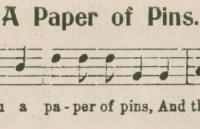
Mountain Ballads for Social Singing contains 15 songs selected for the Vesper Hour gatherings at Berea College.
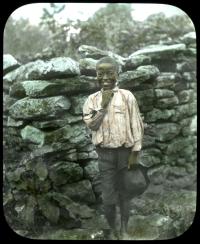
Elmer L. Foote served as official photographer of the Cincinnati Public Library for many years, and produced photographs that appeared in the Cincinnati Commercial Tribune during the early years of the twentieth century.
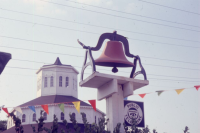
The Fayette County Images contains photographs of Lexington and Fayette County Kentucky.
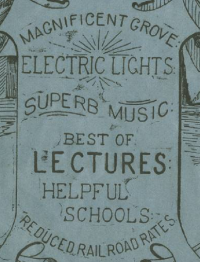
The Kentucky Chautauqua Assembly presented an annual event in Lexington’s Woodland Park with days of programming. Presentations varied from live music and entertainment to lectures and speeches from national figures.
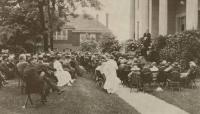
The Hamilton Female College catalogs list the school’s Board of Trustees, faculty, alumnae, graduates that year, directory of students, courses of study, and the members of each department.

Do you need to learn new software, technology, creative or business skills to achieve your professional or personal goals? LinkedIn Learning gives you unlimited access to a vast library of high quality video tutorials taught by recognized industry experts. You can work at your own pace with provided exercise files. Available on your personal computer or mobile device. (Note: To log into the mobile app, enter lex for your Library ID. You will be prompted to enter your library card number and PIN.)
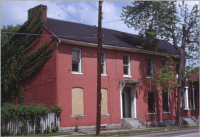
The Dunn Photograph Collection contains images of Lexington, KY taken in the 1960s and 1980s. Keller J.
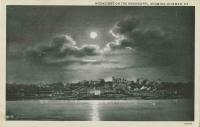
The Knowles Postcard Collection contains images of notable Kentucky locations, such as Ashland, Keeneland, and Mammoth Cave, as well as county courthouses, farms, schools, and many others.
All Lexington Public Library locations are closed on these holidays.




